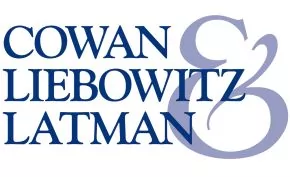- within Cannabis & Hemp topic(s)
- with readers working within the Healthcare industries
The relationship between U.S. law and Indigenous sacred heritage has long been complex — and often fraught. The American legal system is rooted in private property and individual rights, as is familiar to Intellectual Property practitioners.
By comparison, Indigenous traditions emphasize communal responsibility and the sacred interconnectedness of land, objects, and identity. Bridging that divide has been a continuing challenge for lawmakers and tribal advocates alike.
The Legal Landscape: Sacred Sites and Cultural Property
Two landmark federal laws form the backbone of cultural property protection for Indigenous heritage: the Native American Graves Protection and Repatriation Act (NAGPRA) of 1990 and the National Historic Preservation Act (NHPA) of 1966.
- NAGPRA requires museums and federal agencies to return human remains and sacred objects to affiliated tribes, acknowledging that these items are not "artifacts" but living elements of tribal identity.
- NHPA, particularly through Section 106, requires federal agencies to consult with tribes before undertaking projects that may affect sacred or cultural sites.
Together, these statutes represent a recognition — however partial — that Indigenous cultural heritage deserves both legal and moral protection.
Despite these frameworks, implementation remains uneven. Sacred sites located on public lands often face competing pressures from energy development, infrastructure projects, or recreation. Cases like Lyng v. Northwest Indian Cemetery Protective Association 485 U.S. 439 (1988) demonstrate the limits of current law, where the Supreme Court held that government land use could proceed even if it devastated a sacred site, as long as it did not directly coerce religious practice.
This tension underscores a persistent gap between the spiritual value of Indigenous heritage and the statutory tools available to defend it.
Internationally, frameworks like the UN Declaration on the Rights of Indigenous Peoples (UNDRIP) of 2007 support the idea that cultural heritage is inseparable from human rights.
During Native American Heritage Month, Cowan, Liebowitz & Latman notes that the law is evolving — slowly — toward a model that respects Indigenous sovereignty and sacred relationships with geographic places and artifacts. For attorneys and policymakers, that evolution calls for humility, cultural literacy, and active partnership with tribal nations to ensure that "protection" is not merely procedural but also is respectful.
The content of this article is intended to provide a general guide to the subject matter. Specialist advice should be sought about your specific circumstances.


